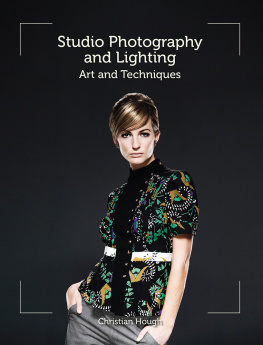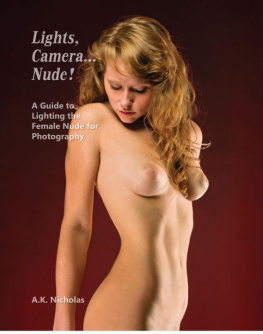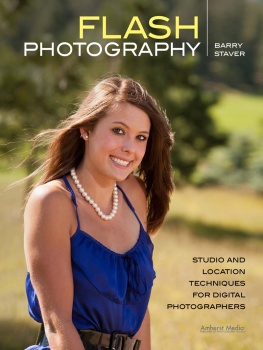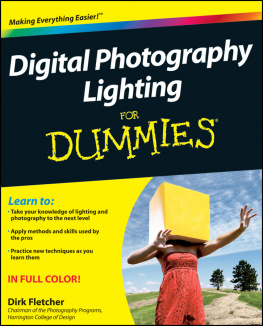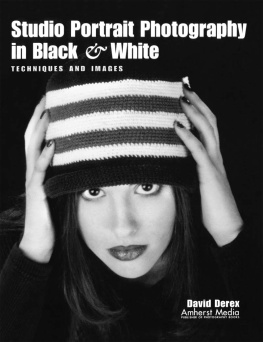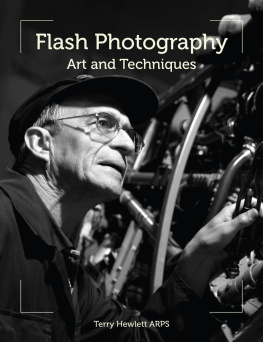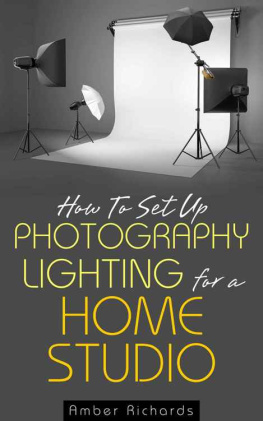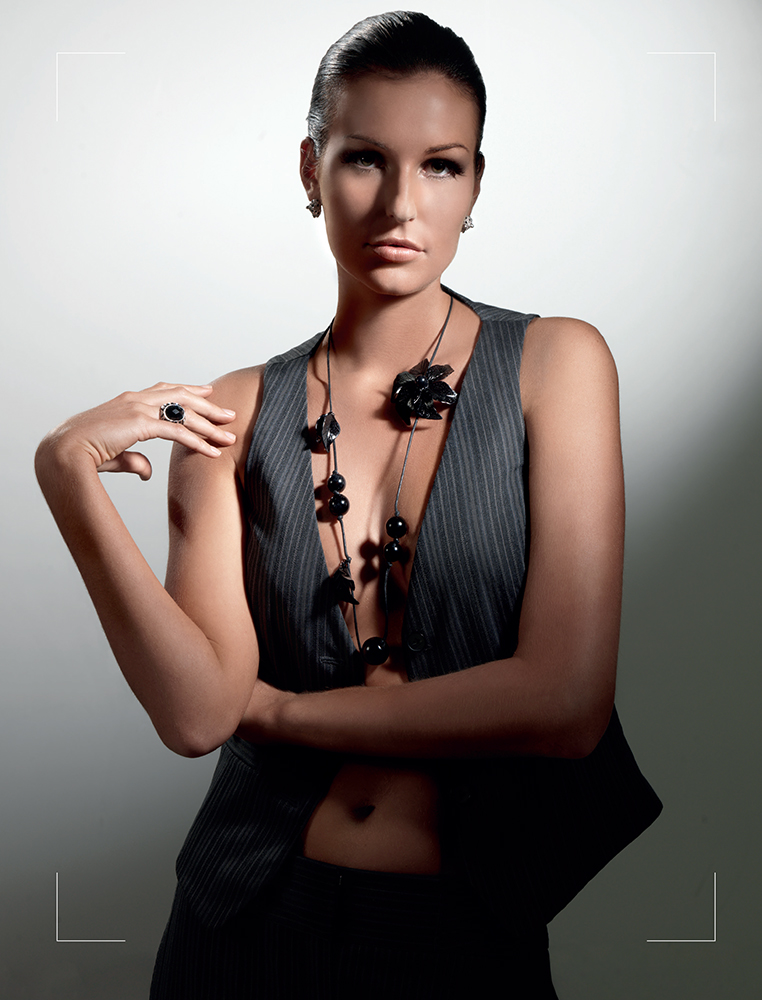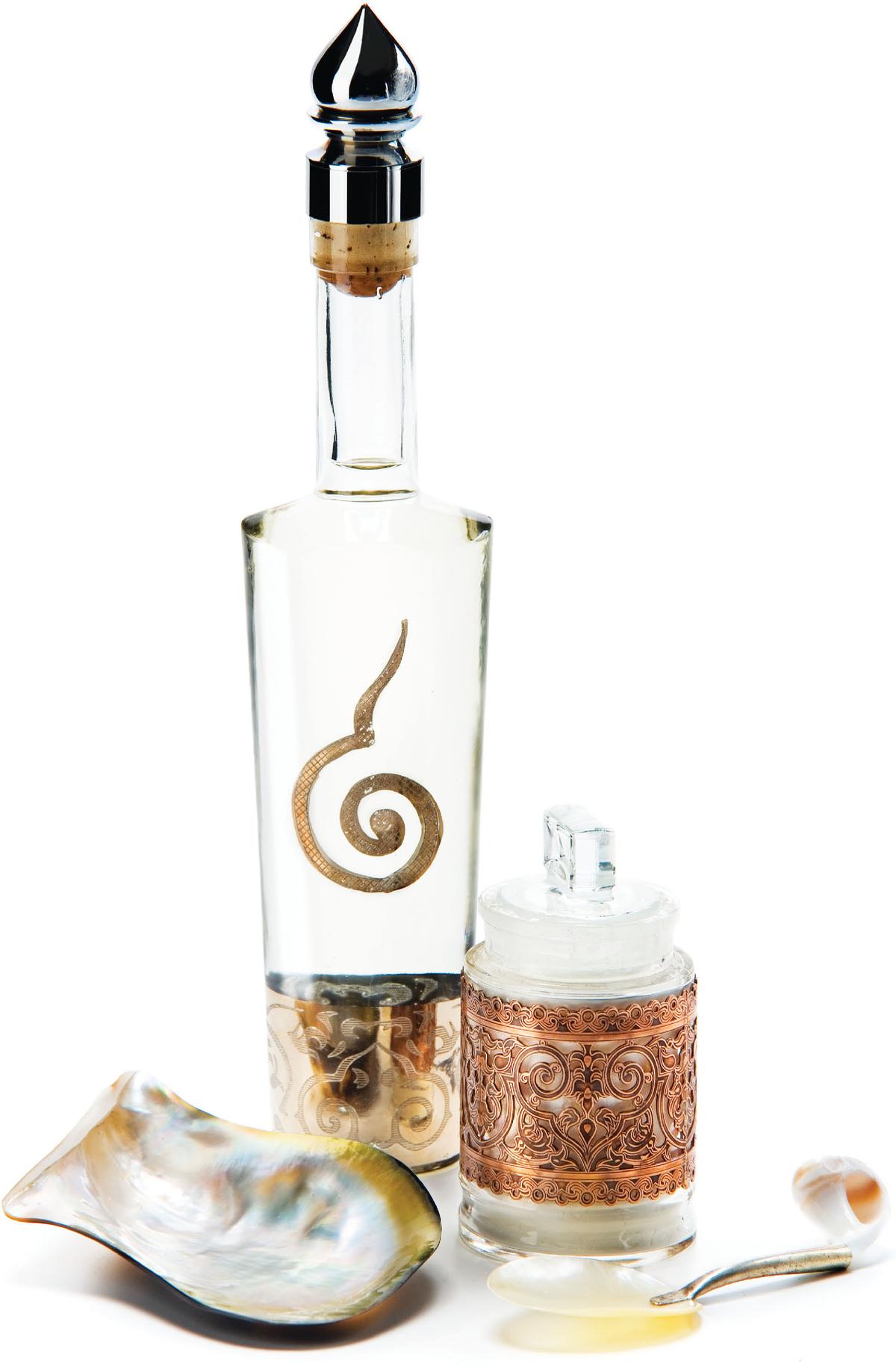Glossary
APS-C (Advanced Photo System, type C)
A smaller type of sensor than 35mm found in certain Digital Single Lens Reflex (DSLR) cameras. The size of the sensor affects the focal length of the lens, calculated using the multiplier (also known as a crop factor). Most common multipliers are 1.6 and 1.3 (sometimes known as APS-H).
ASA (American Standards Association)
Film speed rating based on the chemical composition of the film, denoting its sensitivity to light as set out by the USA Standards Institute. The film equivalent to ISO.
aspherical lens Lens element that does not form part of a sphere.
asymmetrical power Allows the user to vary the power between multiple flash heads (see symmetrical power ).
back light A light placed behind the subject.
ballast An electronic or magnetic device that controls and stabilizes the electrical current in a continuous light, usually an arc light.
barrel distortion An effect causing straight edges to bow outwards to give a barrel-like distortion.
battery generator A battery-powered (DC) lighting generator that powers and controls several generator flash heads. Some battery generators can be switched between AC and DC power supplies and also power monobloc heads.
beam light A light that produces a parallel beam of light. Also known as a parcan or parblazer.
beam spread The area that the beam covers. It is usually expressed in terms of angles. The smaller the angle, the narrower the beam. For example, a 1630 profile spot will have a beam spread varying from 16 to 30.
blonde Continuous HMI light source between 1000 and 2000w. Frequently used as a key floodlight for broad areas. Also frequently used in automotive and product photography.
blooming Streaks, halos and bright artefacts caused by overexposure to the cameras sensor. Also known as flare, a term more associated with film.
bokeh Derives from the Japanese word boke, meaning fuzziness or dizziness. It refers to out-of-focus areas of an image. The more creamy or milky the blur, the more pleasing the bokeh.
boom arm A pole attached to a lighting stand used to support a flash head. Frequently used with a counterbalance.
bounce head A feature of speedlites, allowing the head to be tilted and angled so that the flash can be bounced off different surfaces.
bounced light Flash light that is bounce (reflected) off a surface. Usually used to assist with the diffusion of light.
build Cinematic term for the gradual increasing of brightness.
cable release A cable that screws into the camera allowing the shutter to be fired remotely, reducing shake. Electronic cable releases are used with newer digital systems.
candela (cd) Unit of measurement for the luminous intensity of a light source in a given direction. Technically, the radiation intensity in a perpendicular direction of a surface of 1/600000 square metre of a black body at the temperature of solidification platinum under a pressure of 101,325 newtons per square metre. Also known as Candle.
CCD (charge coupled device) An integrated circuit with an array of coupled capacitors which are light sensitive. Also known as a sensor.
centre-weighted metering A form of TTL metering, where the measurement is biased towards the lower centre of the frame.
chromatic aberration Commonly caused by a lens failing to accurately focus different wavelengths of colour/light onto the same point. Also known as colour fringing or purple fringing, achromatism or chromatic distortion.
clamp A tool that can be adjusted to clamp two or more items together. Frequently used to clamp stands and supports. Can be screw tightened or spring loaded.
CMOS sensor (complementary metal oxide semiconductor) A common alternative to the CCD (charge coupled device).
Colorama The term usually used for background paper, which is manufactured by the company Colorama. Usually available in a variety of different widths, most commonly 9ft and 4ft.
colour depth The amount of colours that can be captured by a digital device, usually ranging from 8bit to 16bit in cameras and up to 24bit in scanners.
Colour Rendering Index (CRI) A rating (0100 scale) of the lights ability to reproduce colour accurately; the higher the CRI rating, the greater the colour fidelity.
colour temperature The temperature of light measured in kelvin (K). The higher the number, the warmer the colour temperature, with daylight commonly set at 5600K.
compact flash A memory card used in digital cameras to store images. The larger the capacity, the more images it can hold. Read/Write speeds can vary between manufacturers.
compression A digital and mathematical process that reduces the file size of an image. By default, reducing the file size also reduces the image quality by varying degrees. Compression that is known as Lossy will permanently lose data. Alternatively if known as Lossless all the data can be returned. Higher compression results in smaller files but will reduce image quality.
console A system that controls a bank or group of stage lights. Operated by a lighting technician.
crop factor Measured against the 35mm standard. Describes how an APS-C, APS-H or Four Thirds sensor will crop an image. The crop factor will depend on the size of the sensor and how much smaller than the 35mm standard it is, leading to a crop factor, commonly between 1.3 and 1.6.
depth of field (DOF) The distance between the nearest and furthest area of a subject that remains in focus. The shallower the depth of field the smaller the focused area. Directly relates to aperture and focal length.
dynamic range (DR) Relates to the amount of tones between 0 and 255 (shadows to highlights) that a camera can capture. As a rule, the higher the number of bits the camera can capture, the more usable tonal information it can produce. Most highend medium-format systems can produce between 1213 stops of noise free tonal information.
ellipsoidal reflector spotlight (ERS) A form of stage lighting; the optics of an ERS instrument are roughly similar to those of a 35mm slide projector. The original ellipsoidal reflector was used to collect and direct the light through a barrel that contained a lens or lens train. Also known as profile spot, ellipsoidal, ellipse, Leko or Shakespeare light.
EV (exposure value) A combination of shutter and aperture value.
exposure The measurement of light reaching light-sensitive material or device. Exposure is determined by the sensitivity of the material/device, aperture or the lens and speed of the shutter.
exposure bracketing A method of taking several exposures of the same frame using different settings. Can be used to ensure correct exposure in difficult metering conditions or for HDR image composites.
exposure compensation Method of overriding the cameras automatic exposure metering. Usually measured in +/-EV.
exposure latitude Latitude of a films tolerance to exposure. A film with a narrow exposure latitude, if under- or overexposed, cannot be pushed in processing as well as a film with a wide exposure latitude.

